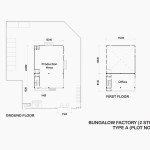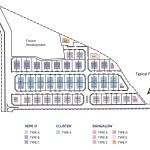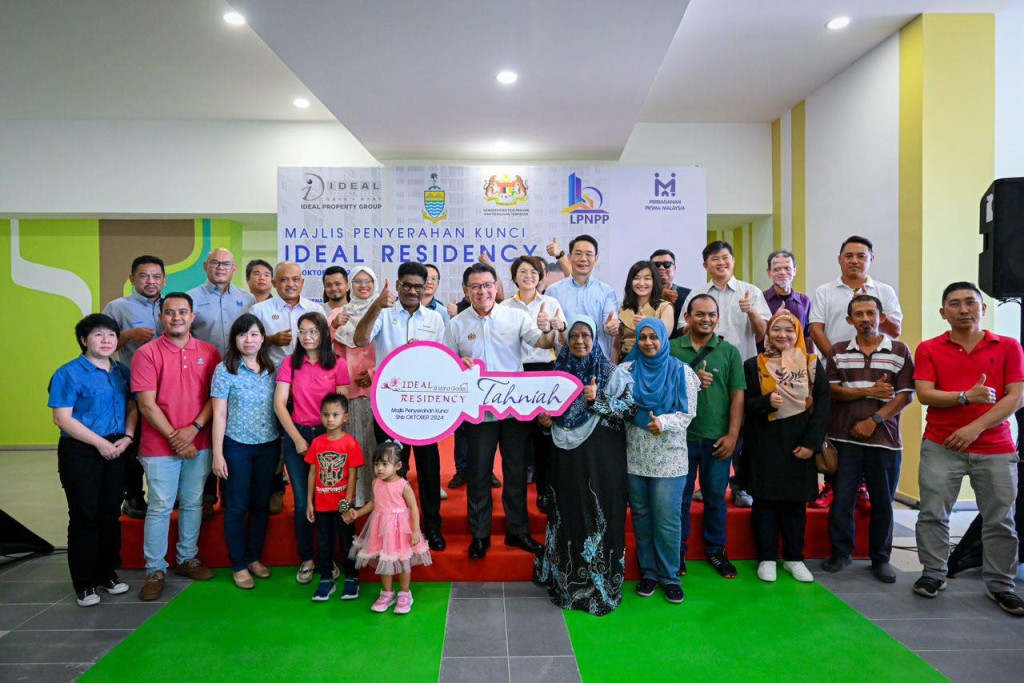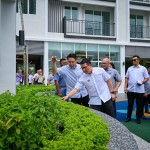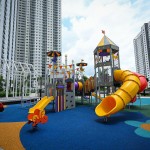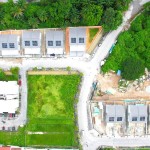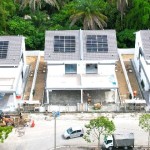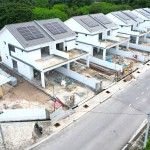
STARK Tower is a 34-storey building featuring 624 luxurious suites and 24 commercial units, the development looks set to be the latest landmark for The Light Waterfront Penang in Gelugor.
Situated on a 2.3 acres (0.93ha) site alongside Lin Xiang Xiong Art Gallery, the freehold project by Stark Development Sdn Bhd will have a comprehensive range of exclusive services.
The groundbreaking development, with a built-up area of between 425sq ft and 640sq ft, will seamlessly integrate cutting-edge artificial intelligence (AI) technologies with forward-thinking green practices that redefine coastal living for the 21st century.

Among the exclusive services include the Stark Lounge, Stark Yacht on the Sea, Stark Waterfront Retail, Stark Green Commercial Car Park, Stark Super 3D LED, Stark X- Perience Club, Stark Suites and Stark in the Sky.
Stark Lounge, providing exceptional customer care, concierge, and housekeeping services.
Stark Yacht on the Sea, offering breathtaking sightseeing yacht trips and exclusive yacht parties.
Stark Waterfront Retail, a premier retail space featuring dining and pet care services, including a Michelin-recognized Nyonya restaurant, Chinese dim sum, Thai cuisine, halal food, and other international and local favorites.
Stark Green Commercial Car Park, featuring advanced Electric Vehicle (EV) charging stations and a green facade promoting sustainability. Stark Super 3D LED, a large immersive screen that serves both entertainment and commercial purposes.
The project features suites with a built-up area of between 425sq ft and 640sq ft.
Stark X-Perience Club features amenities such as sky martial arts, indoor spinning, a fully equipped gym, a Pilates studio, meeting rooms, a golf simulator and a convenient launderette.
As for the Stark in the Sky, offers a luxurious experience with features such as a jacuzzi, infinity sky pool, “helipad” (for event purposes only), Chinese fine dining, premium indoor Chinese BBQ restaurant, Japanese yakiniku (grilled meat cuisine), Japanese omakase, the first champagne bar and whiskey jazz bar in Malaysia.
The project developer – Stark Development – is backed by a team of seasoned professionals with a wealth of experience and expertise. For more information about the project, kindly contact Zeon Properties Sdn Bhd Corporate Communications assistant general manager Cheryl Loo at 013-443 8888 or e-mail cherylloo@zeon.com.my
Register your interest here
About Stark Development
Stark Development is a forward-thinking real estate company focused on sustainability, innovation, and smart technologies. Their mission is to create transformative spaces that leave a lasting impact. The company’s tagline, “Crafting Green, Smart Futures,” reflects its commitment to eco-friendly practices and energy-efficient solutions. By incorporating artificial intelligence, Stark Development aims to optimize resource usage and create intelligent environments tailored to the needs of its occupants.
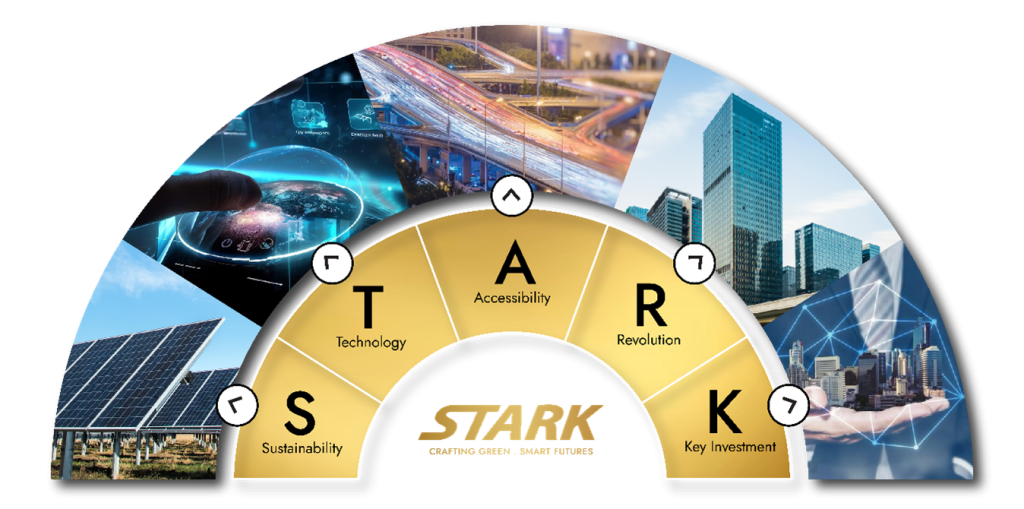
The company is also committed to Environmental, Social, and Governance (ESG) principles, emphasizing social equity, community engagement, and ethical practices. Their projects aim to benefit both clients and surrounding communities, reinforcing Stark Development’s dedication to leaving a positive and enduring legacy.





